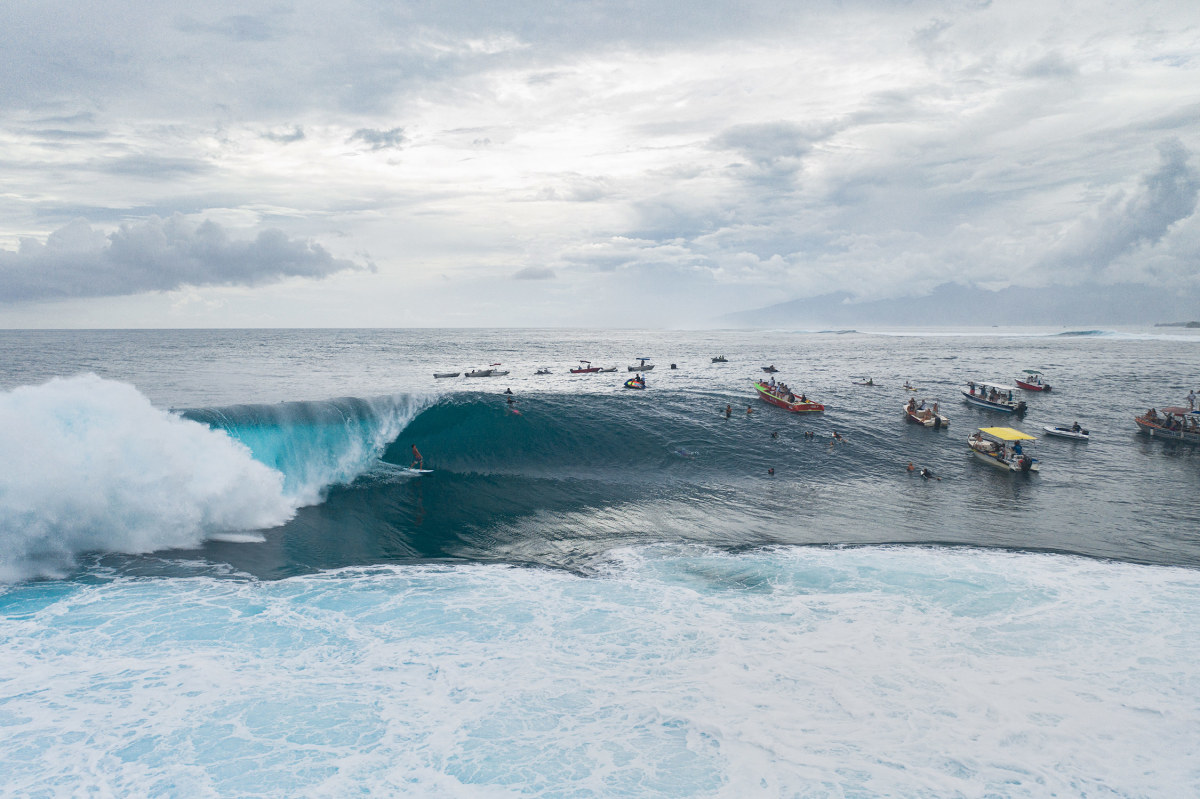
Photo: Ryan "Chachi" Craig
Over a century ago, a young Duke Kahanamoku found himself far from the silver sand beaches at home in Hawaii, and instead, at the 1912 Stockholm Olympics. But it wasn’t surfing that the Duke was competing in; it was freestyle swimming. (He smoked the competition, by the way, allegedly being so far ahead of the other swimmers at the halfway mark that he paused mid-sprint, looked back, and casually splashed his way to a gold medal.)
But Duke’s dream, in the years that followed, was to get surfing into the Games. One hundred years later, and that dream came to fruition with surfing’s debut appearance at Tokyo 2020.
Now, surfing’s back for a sequel in the upcoming Paris 2024 Olympics, going down July 27th to August 4th. However, because surfing is such a new sport in the vast Olympic catalogue, there’s some mystery shrouding how it works – especially for those who might not follow pro surfing fanatically. But fear not; the following is Olympic Surfing 101. So, study up, and keep reading for everything to know ahead of surfing’s second-ever Olympic appearance at Paris 2024.
Location
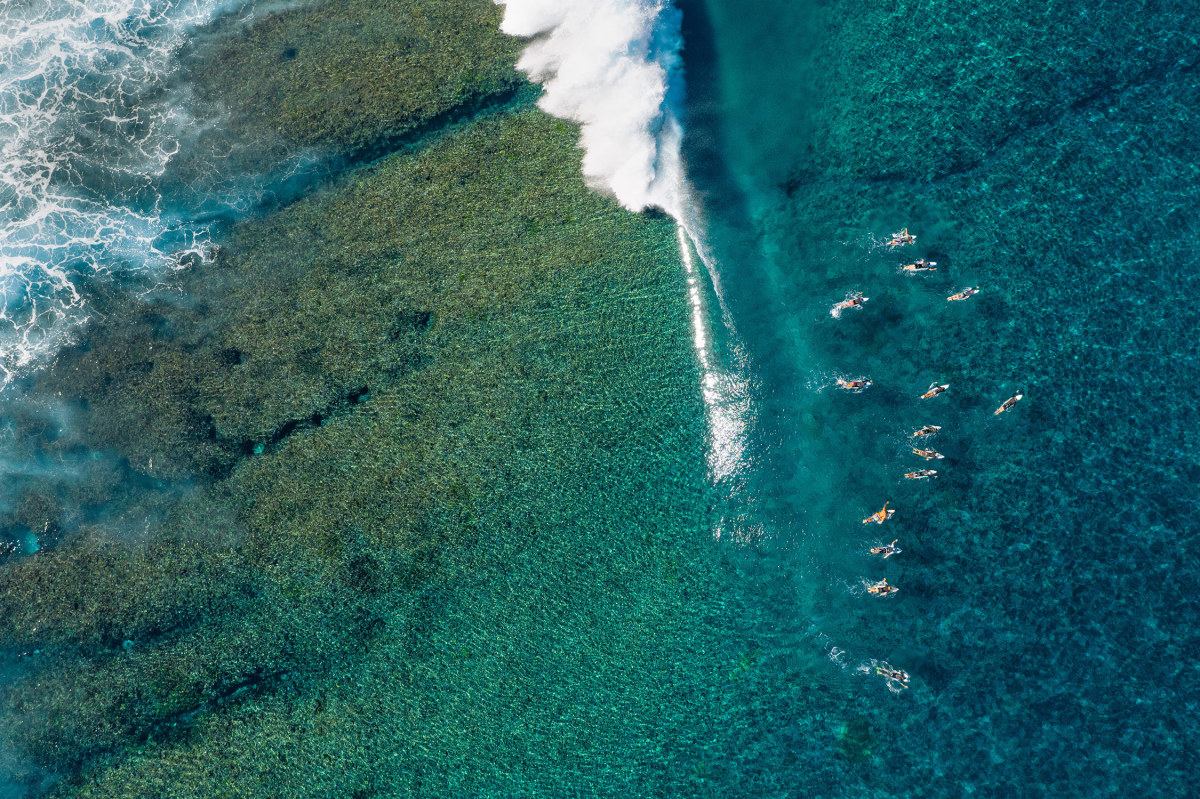
Photo: Ryan "Chachi" Craig
Surfing, in the Paris 2024 Olympics, will not take place in the City of Lights and/or Love. It won’t even be in France, for that matter. Instead, the surfing portion of the Paris 2024 Olympics will be held in Tahiti, a semi-autonomous French territory some 10,000 miles away, as the crow flies, from the Eiffel Tower. In particular, the event will be held at Teahupo’o, aka the End of the Road, a Tahitian name loosely and aptly translated to “wall of skulls.” It is, without a doubt, one of the heaviest, scariest, most dangerous lefthand reefbreak waves in the entire world.
Competitors

Photo: ISA/Pablo Jimenez
There will be 24 men and 24 women competing in the Paris 2024 Olympics, all hailing from varying countries, and all battling it out for a spot on the podium. Here’s the list of contenders:
| Men | Women |
|---|---|
|
Kanoa Igarashi (JPN) |
Tatiana Weston-Webb (BRA) |
|
Jordy Smith (RSA) |
Johanne Defay (FRA) |
|
Billy Stairmand (NZL) |
Brisa Hennessy (CRC) |
|
Kauili Vaast (FRA) |
Teresa Bonvalot (POR) |
|
Filipe Toledo (BRA) |
Sarah Baum (RSA) |
|
Ethan Ewing (AUS) |
Shino Matsuda (JPN) |
|
Griffin Colapinto (USA) |
Saffi Vette (NZL) |
|
Leonardo Fioravanti (ITA) |
Vahine Fierro (FRA) |
|
John John Florence (USA) |
Carissa Moore (USA) |
|
Jack Robinson (AUS) |
Tyler Wright (AUS) |
|
Matthew McGillivray (RSA) |
Molly Picklum (AUS) |
|
João Chianca (BRA) |
Caroline Marks (USA) |
|
Alan Cleland Jr. (MEX) |
Sanoa Dempfle-Olin (CAN) |
|
Reo Inaba (JPN) |
Nadia Erostarbe (ESP) |
|
Lucca Mesinas (PER) |
Janire Gonzalez-Extabarri (ESP) |
|
Alonso Correa (PER) |
Sol Aguirre (PER) |
|
Andy Criere (ESP) |
Tainá Hinckel (BRA) |
|
Joan Duru (FRA) |
Yolanda Hopkins (POR) |
|
Ramzi Boukhiam (MAR) |
Anat Lelior (ISR) |
|
Rio Waida (INA) |
Camilla Kemp (GER) |
|
Tim Elter (GER) |
Siqi Yang (CHN) |
|
Gabriel Medina (BRA) |
Caitlin Simmers (USA) |
|
Bryan Perez (ESA) |
Candelaria Resano (NCA) |
Qualification

Photo: ISA/Sean Evans
In the months, and years, leading up to the Paris 2024 Games, surfers were vying for the coveted spots to represent their home nations in Tahiti. And they did so in a few different ways. Each country was allocated two men and two women; however, there’s a catch (more on that below).
Here’s the hierarchical order in which surfers qualified for Paris 2024.
- 2023 WSL Championship Tour (10 men, 8 women)
- 2023 ISA World Surfing Games (4 men, 4 women)
- 2023 Pan American Games (1 man, 1 woman)
- *2024 ISA World Surfing Games (5 men, 7 women)
- 2022 ISA World Surfing Games (1 man, 1 woman)
- Host country quota (1 man, 1 woman)
- Universality quota (1 man, 1 woman)
*The winning nations at the 2024 ISA WSG were allocated an additional spot – hence why there is a third competitor from Brazil (Gabriel Medina) and the USA (Caitlin Simmers).
Forecast
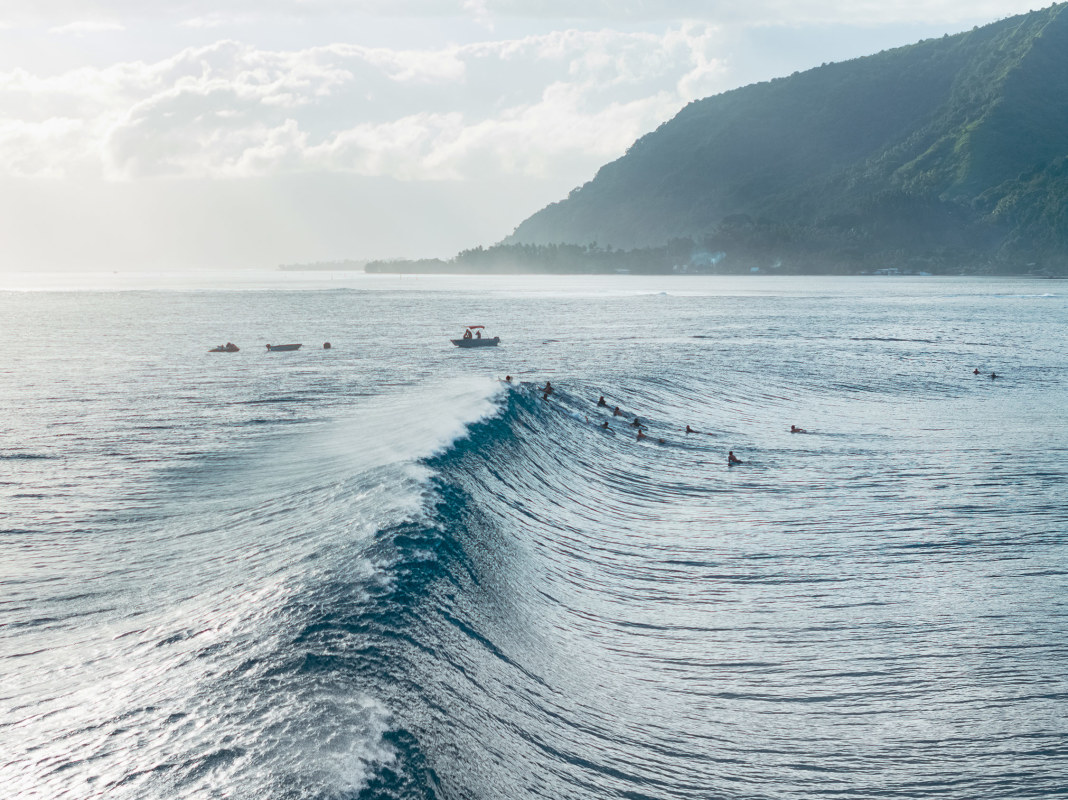
Photo: Ryan "Chachi" Craig
The official forecast, predicting relatively accurately how the waves will look while the Olympics are in town, won’t be clear until about two weeks before the event window (July 27th to August 4th). Nonetheless, the competition falls within the typical timeframe – April to October – that Teahupo’o receives the South, Southwest swells that make the wave roar to life.
Format
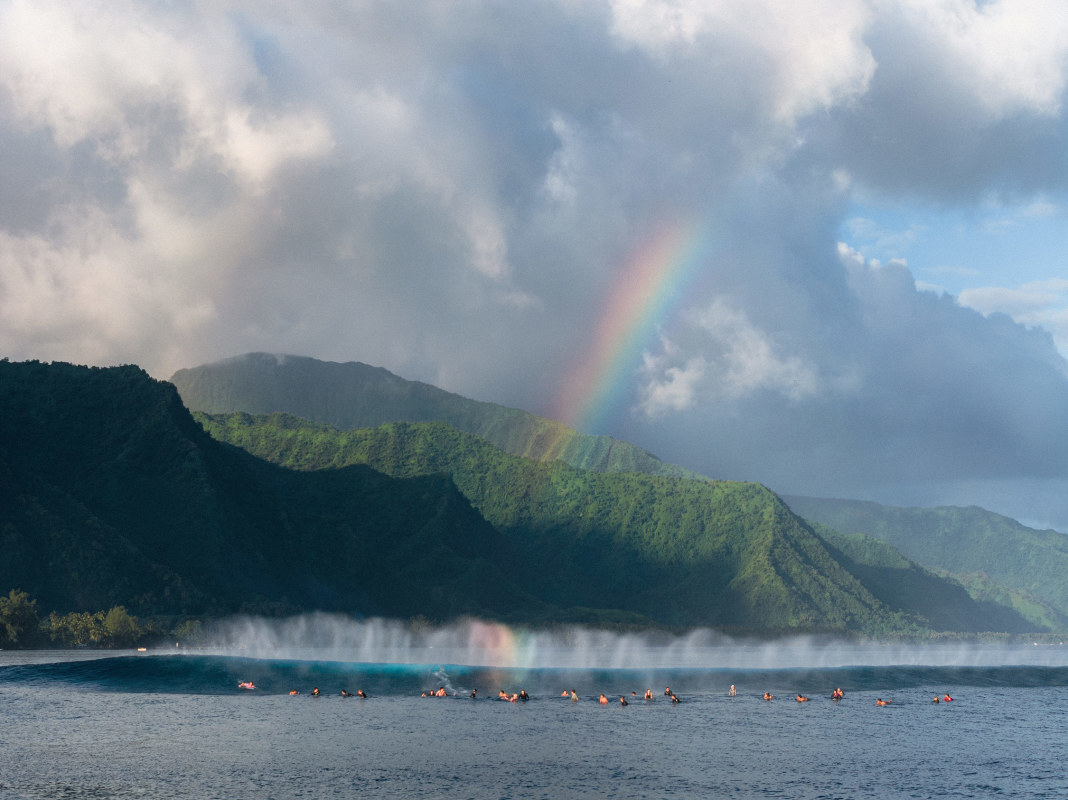
Photo: Ryan "Chachi" Craig
The event format for the Paris 2024 Olympics will basically resemble that of a traditional surfing contest – three rounds, followed by Quarterfinals, Semifinals, and Finals.
In Round One, there will be eight heats (for both men and women) featuring three surfers each. The winner of Round One will advance to Round Three, while the losers will be relegated to Round Two, featuring eight head-to-head matchups, in which the loser will be eliminated.
For Round Three, or the Round of 16, there will also be eight heats, two surfers each, single-elimination, the winner advancing to the Quarterfinals, and the loser sent packing.
Quarterfinals will feature four surfer-on-surfer matchups. The winner will advance to the Semifinals, while the loser goes home. The losers of the Semifinals will then surf another heat, in which the winner will take home the Bronze Medal. The loser, no medal.
And finally, the Finals – the winner takes Gold, the loser takes Silver.
Judging Criteria
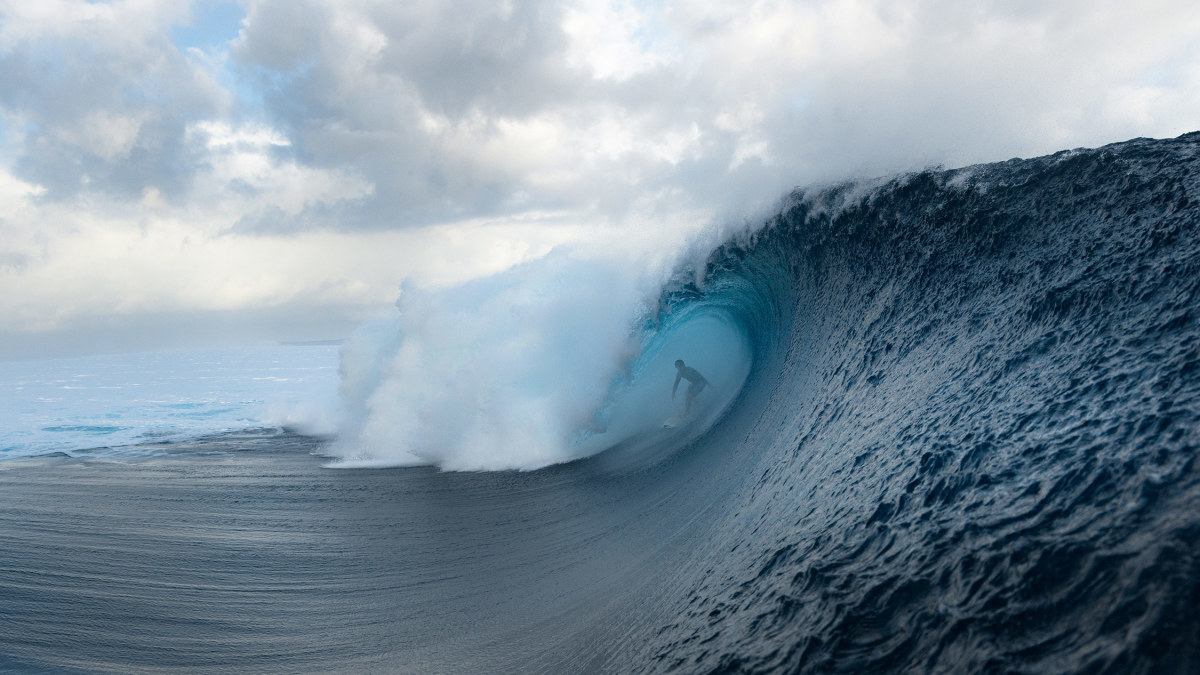
Photo: Ryan "Chachi" Craig
Again, like most other surf contests, competitors’ waves will be scored on a scale of 0-10. The two best scores will be tallied for a possible perfect heat total of 20 points.
What’re the judges looking for? According to the official Olympics website: “Surfers perform maneuvers and tricks on a wave that are scored by five judges based on the variety, type and difficulty of the tricks. Surfers are also judged on their speed, power and flow (the way in which a surfer seamlessly connects their moves from one to the next).”
However, as most surfers will know, Teahupo’o isn’t a wave typically known for “tricks.” It is a wave for tube-riding when it is properly breaking. The deeper the barrel, the more critical the drop, the bigger the wave, the finesse while navigating the foamball – the higher the score.
Teahupo’o History
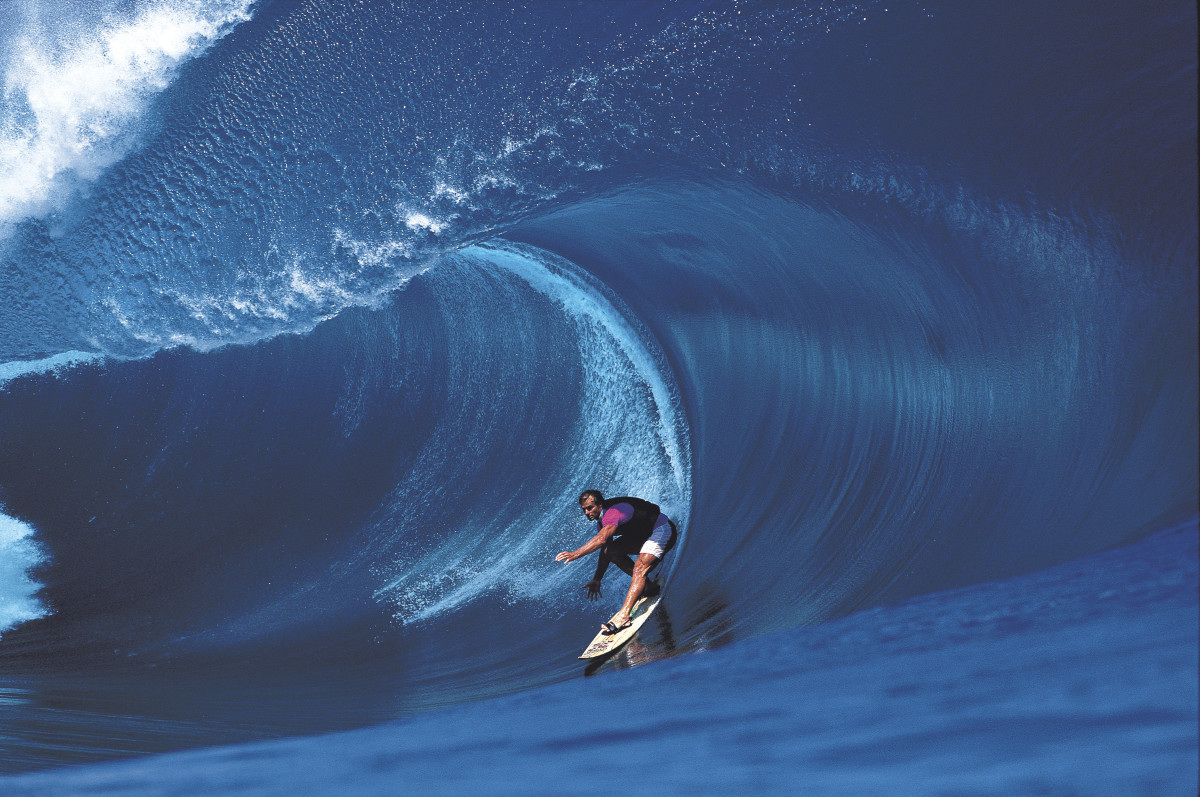
Photo: Tim McKenna
Per surfing’s preeminent historian, Matt Warshaw, Tahitian surfers were riding small Teahupo’o as early as 1985. But it wasn’t until bodyboarders Mike Stewart and Ben Severson came a few years later, and rode the wave at proper size, that Teahupo’o began garnering international attention. After that, the floodgates opened; surfers began annual pilgrimages to the wave, and pushing the limits in terms of what was humanly possible to surf…and survive.
Notable moments in Teahupo’o surfing history include: Laird Hamilton’s innovative tube-riding with the “Millennium Wave” in 2000; the 2011 Code Red Swell, which put the Billabong Pro on hold, and saw Nathan Fletcher ride one of the meanest, most unfathomable tubes still to this day; Kelly Slater’s perfect heat at the 2016 Billabong Pro; among many others.
Controversy
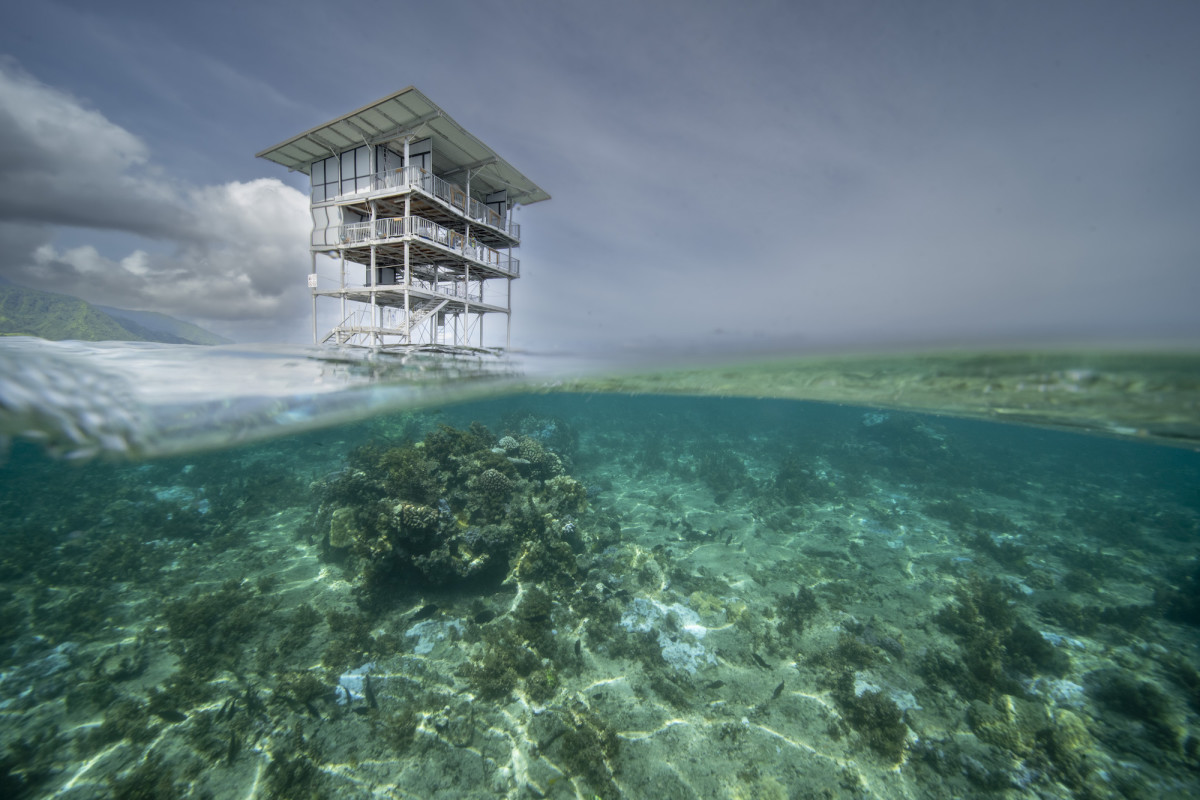
Photo: Tim McKenna
In the leadup to surfing in the Paris 2024 Olympics at Teahupo’o, contest organizers proposed a brand-new aluminum judging tower to be erected on the reef facing the wave. Promptly, there was backlash. The main concern was, how will this impact the marine life and natural habitat? Despite the protests and petitions, the Olympic machine went forward with the tower. Some are still against it, while some have made peace with the new addition.
When/Where to Watch
The exclusive rights to Olympic broadcasting are held by NBC. So, that’s where surfing will air. The competition window spans 10 days, from July 27th to August 4th, and the event will run over four days during the best conditions that fall within that timeframe.
Additionally, SURFER will be on the ground during the Games; stay tuned for live updates and behind-the-scenes action on SURFER’s Instagram and right here on the site.

